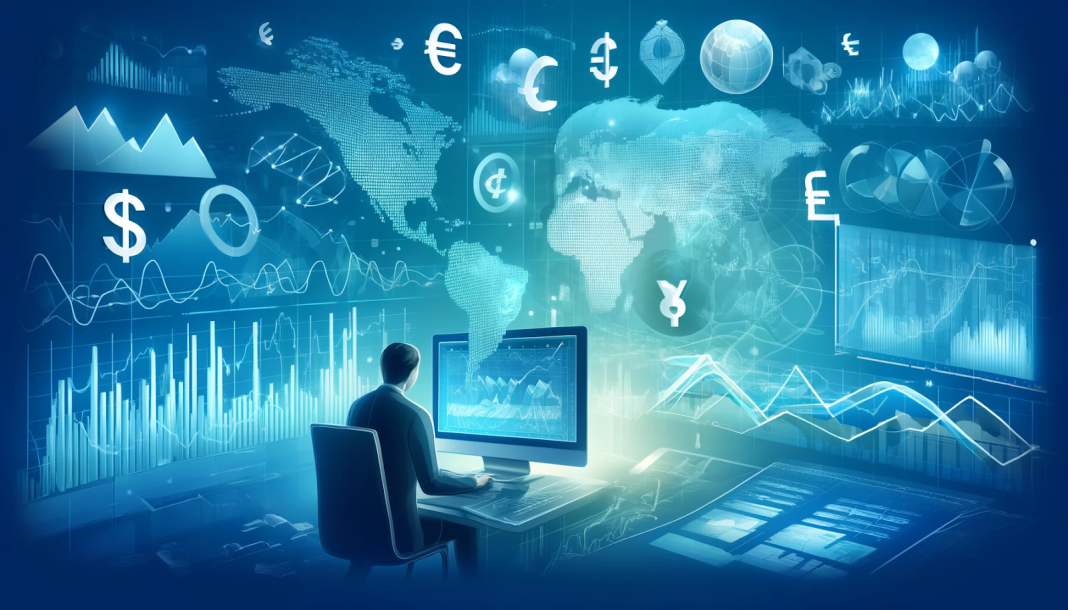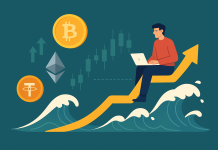Introduction
Forex trading, also known as foreign exchange trading, is the act of buying and selling currencies with the aim of making a profit. This market is one of the most liquid and dynamic in the world, operating 24 hours a day across different time zones. Understanding the basics of forex trading is crucial for anyone looking to venture into this financial domain.
What Is Forex?
Forex, short for foreign exchange, involves the trading of currencies from different countries. Unlike other markets, forex trading occurs over-the-counter (OTC) via a network of banks, rather than through a centralized exchange. This decentralized nature allows for continuous trading around the clock.
Market Participants
The forex market is composed of various participants, each playing a significant role. The major players include:
Commercial Banks: These institutions facilitate large volumes of currency transactions for their clients and themselves.
Central Banks: They regulate the money supply and maintain financial stability, often intervening in the forex market to control currency value.
Investment Managers and Hedge Funds: They trade currencies to profit from exchange rate movements or hedge against currency risk.
Corporations: Businesses engaged in international trade use the forex market to hedge against currency risk and to pay for goods and services in different currencies.
Retail Traders: Individual investors who speculate on currency movements through forex brokers.
The Role Of Economic Indicators
Economic indicators are statistical data that reflect the economic health of a country. They significantly influence currency values and are closely monitored by forex traders. Some key indicators include:
Gross Domestic Product (GDP): Measures the total economic output of a country. A higher GDP indicates a strong economy, which can strengthen the currency.
Employment Data: High employment levels suggest economic stability and growth, positively affecting the currency.
Inflation Rates: Indicates the rate at which prices for goods and services rise. Moderate inflation is typically seen as positive, but hyperinflation can weaken a currency.
Interest Rates: Set by central banks, higher interest rates offer better returns on investments denominated in that currency, thus attracting foreign capital and strengthening the currency.
Trade Balances: A surplus indicates more exports than imports, strengthening the currency, while a deficit can weaken it.
Types Of Forex Analysis
Traders use various types of analysis to predict currency movements:
Technical Analysis: Involves analyzing past market data, primarily price and volume, to forecast future price movements. Common tools include charts and technical indicators like moving averages and the Relative Strength Index (RSI).
Fundamental Analysis: Focuses on economic indicators, political events, and other factors that might influence currency values. This analysis helps traders understand the broader economic picture.
Sentiment Analysis: Gauges the market’s mood or sentiment. If traders are overwhelmingly bullish or bearish, it can signal potential market reversals.
Getting Started In Forex Trading
For beginners, it is crucial to start with a solid foundation in forex education. Here are some steps to get started:
Educate Yourself: Read books, take online courses, and follow reputable forex websites to understand the basics.
Choose a Reliable Broker: Ensure the broker is regulated and offers a user-friendly trading platform.
Practice with a Demo Account: Before risking real money, practice trading in a simulated environment.
Develop a Trading Plan: Define your trading goals, risk tolerance, and strategies. A well-thought-out plan is essential for long-term success.
Start Small: Begin with a small investment and gradually increase your position as you gain confidence and experience.
Conclusion
Forex trading offers numerous opportunities for profit, but it also comes with significant risks. Understanding the fundamentals, the role of various market participants, and the impact of economic indicators is essential for anyone looking to succeed in this field. Continuous learning and practice are the keys to becoming a proficient forex trader.




